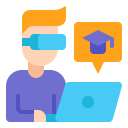Virtual Reality: Transforming Pedagogical Approaches in Education
Enhancing Student Engagement Through Immersion
Creating Realistic Learning Environments
With VR, students can enter realistically simulated settings that replicate environments impossible or impractical to experience in person. Imagine studying marine biology by “diving” into a coral reef, or exploring ancient civilizations by virtually walking through reconstructed historical cities. Such immersive settings allow students to interact with their surroundings, ask questions, and experiment without risk, driving curiosity and engagement. The realism and presence fostered by VR immerse students in subject matter, leading to longer-lasting understanding and a natural enthusiasm for learning.
Fostering Active Participation
Unlike passive activities such as reading or watching lectures, virtual reality demands active participation. Learners in VR are tasked with solving problems, manipulating objects, and making decisions in real time within an engaging, three-dimensional space. This hands-on approach not only caters to a wide range of learning styles, but also keeps students invested and motivated. Active participation allows for immediate feedback, giving learners the freedom to explore and learn from mistakes in a low-risk environment, ultimately reinforcing knowledge and building confidence.
Enabling Collaborative Exploration
Virtual reality platforms often facilitate collaborative experiences, allowing students to work together in shared digital spaces regardless of physical location. These collaborative tasks encourage teamwork, critical thinking, and communication skills as students jointly solve puzzles, conduct experiments, and engage in group discussions. By providing a common virtual environment, VR removes traditional barriers and fosters inclusive participation, enabling diverse perspectives to enrich the learning process. Collaboration in virtual reality not only mirrors modern workplace dynamics but also prepares students for real-world challenges requiring cooperation and adaptability.
Personalizing Learning Journeys
Adaptive Learning Experiences
With VR, lessons can be tailored to match different ability levels, learning paces, and interests. The technology can present alternative scenarios, scaffold tasks according to student progress, and offer targeted support where needed. As learners interact with virtual environments, data can be collected to assess understanding and adjust content dynamically, ensuring that every student receives just the right challenge or assistance. Adaptive VR creates a truly student-centered experience, promoting intrinsic motivation and facilitating mastery of complex skills or concepts.
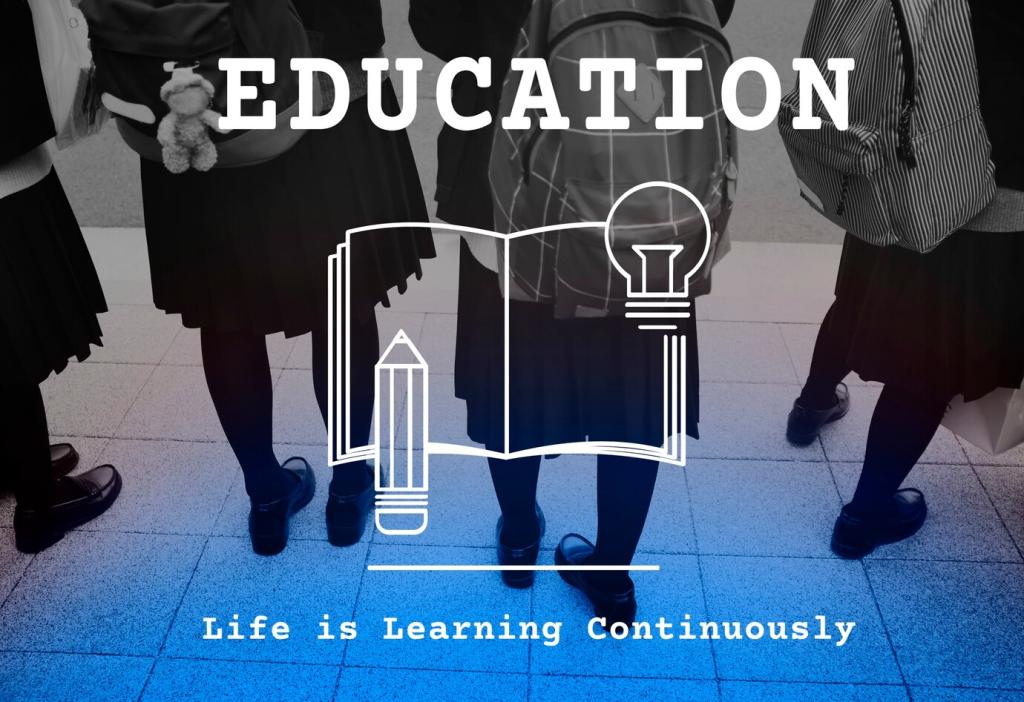
Bridging the Gap Between Theory and Practice
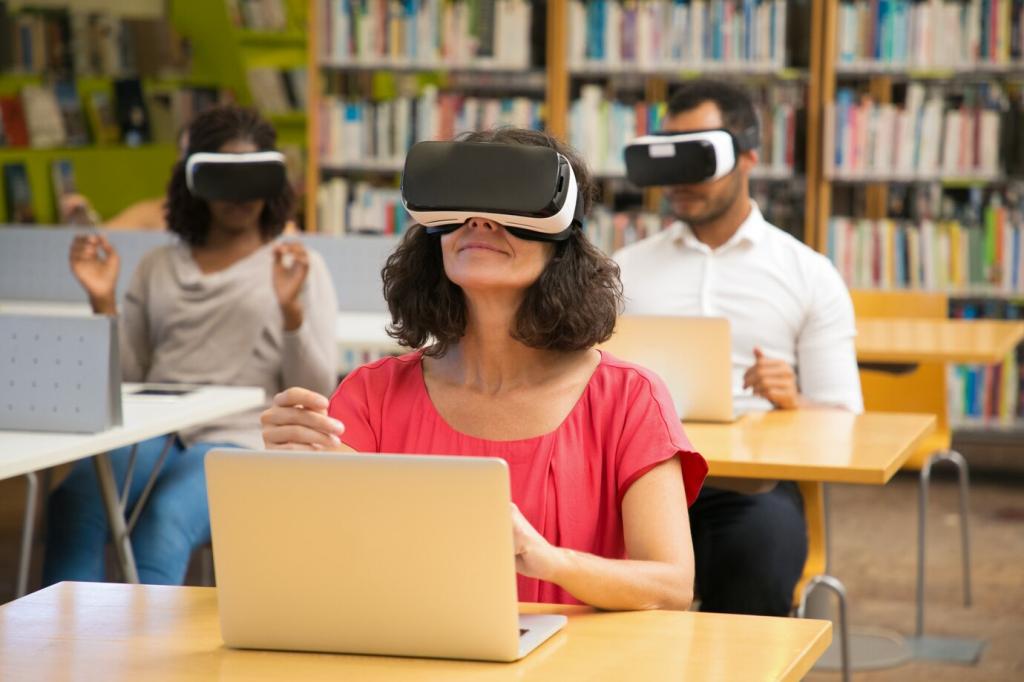
Simulating Complex Processes
VR enables learners to observe and manipulate intricate systems in real-time, from chemical reactions in a virtual lab to the workings of an internal combustion engine. These simulations make abstract or hazardous phenomena accessible and understandable, offering opportunities for safe experimentation and iterative practice. By visualizing invisible processes and exploring interlinked variables, students gain a holistic and intuitive grasp of concepts that are often difficult to capture through books or lectures alone.
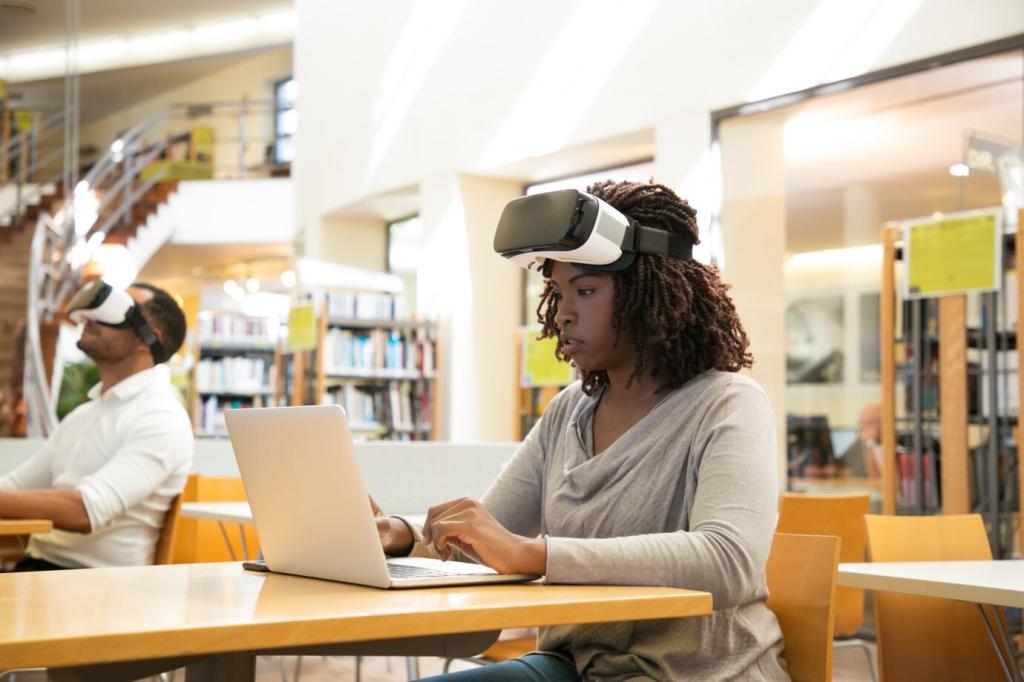
Practicing Real-World Skills
In fields such as medicine, engineering, and the sciences, VR provides immersive training environments where students can rehearse demanding tasks or emergency scenarios repeatedly. Medical students, for example, can perform virtual surgeries to hone their technique and decision-making without the risks associated with practicing on live patients. This hands-on skill development builds confidence and competence, ensuring learners are better prepared for the challenges they will encounter in their professional careers.
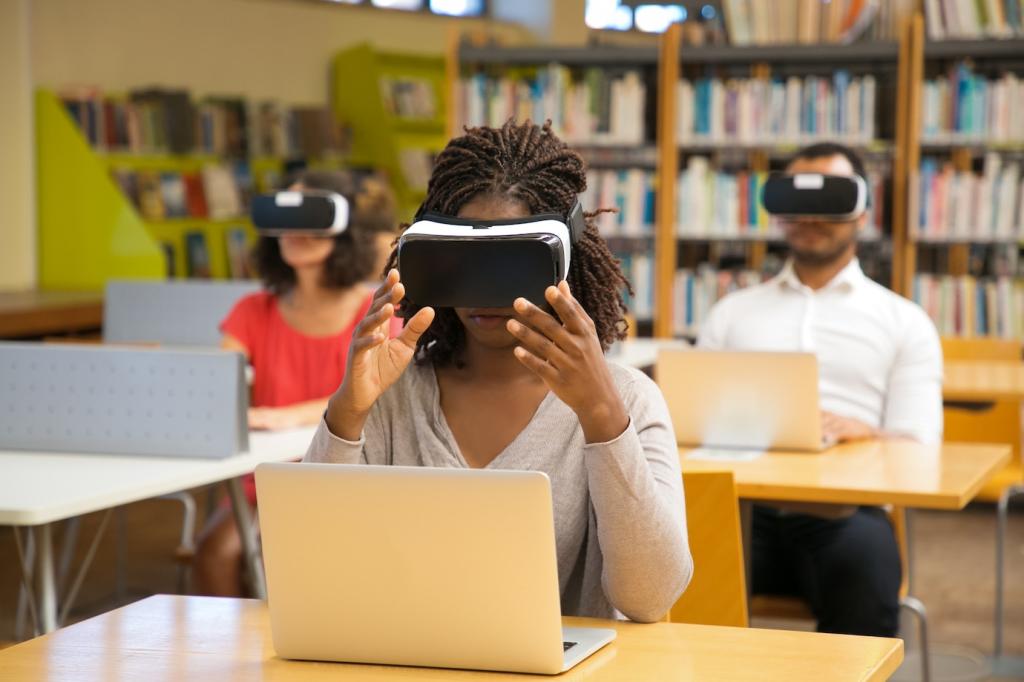
Encouraging Creative Problem-Solving
Virtual reality stimulates creativity by presenting learners with open-ended challenges that require innovative thinking and experimentation. In VR, students are free to devise and test unique solutions without fear of failure or material limitations. Whether designing sustainable cities, inventing new devices, or investigating alternative scientific hypotheses, learners encounter authentic problems and must draw on cross-disciplinary knowledge and teamwork. This fosters a mindset of curiosity, adaptability, and resourcefulness that is essential for success in an ever-changing world.
